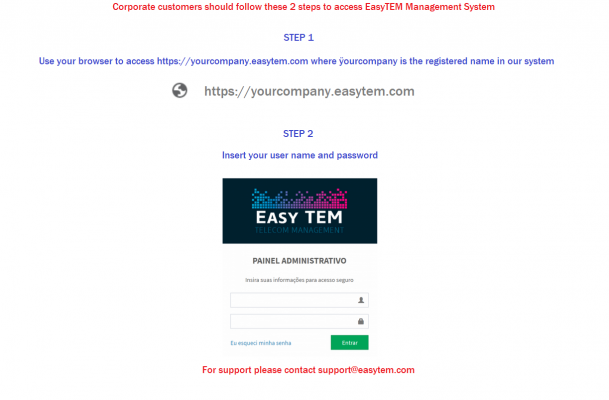No products in the cart.
1. Inventory Management
- This is the foundation of TEM, involving the cataloging and tracking of all telecom assets and services. It includes fixed and mobile telephony lines, data circuits, network devices, and even cloud-based services. With a well-maintained inventory, organizations gain visibility into what resources are available, where they are located, and their associated costs.
2. Invoice Management and Auditing
- Telecom invoices can be complex and prone to errors, which makes invoice management essential. This component involves gathering, validating, and auditing telecom invoices for accuracy, ensuring that billing errors, overcharges, and other discrepancies are identified and corrected before payment. Regular audits help companies recover costs and prevent future billing errors.
3. Contract and Vendor Management
- TEM involves maintaining an up-to-date understanding of telecom vendor contracts, including service-level agreements (SLAs), pricing terms, and renewal dates. Managing contracts and vendor relationships enables businesses to negotiate better terms, prevent overcharges, and maintain optimal service levels. Effective vendor management also aids in handling disputes and ensures compliance with the agreed terms.
4. Usage Management and Optimization
- Tracking and analyzing telecom usage data can reveal patterns, identify underutilized resources, and highlight areas for cost savings. By assessing usage metrics, companies can pinpoint areas where they might be overpaying and adjust plans or eliminate unnecessary services to optimize costs.
5. Reporting and Analytics
- This component provides decision-makers with detailed reports and insights into telecom expenditures and usage trends. TEM analytics can be leveraged to monitor key performance indicators (KPIs), identify cost-saving opportunities, and support budgeting and forecasting. A strong reporting and analytics system enables organizations to make data-driven decisions.
6. Expense Allocation and Chargeback
- Accurate expense allocation is crucial for larger organizations with multiple departments, business units, or regions. TEM systems can assign telecom costs to specific units, enabling accountability and empowering departments to manage their usage and costs. Chargeback mechanisms can further reinforce cost awareness within departments.
7. Lifecycle Management
- This component covers the complete lifecycle of telecom assets and services, from procurement and provisioning to decommissioning. Managing the lifecycle of telecom assets helps prevent “zombie” services (unused or forgotten resources that still incur costs) and ensures resources are efficiently utilized.
8. Compliance and Security
- As telecom systems handle sensitive corporate data, maintaining security and regulatory compliance is critical. TEM helps ensure that telecom services adhere to industry standards and legal requirements, such as GDPR, HIPAA, or SOX, as applicable. Security management in TEM includes monitoring access, managing vendor compliance, and enforcing policies.
9. Policy and Process Management
- TEM also involves creating and enforcing policies around telecom usage to avoid unnecessary costs and ensure alignment with organizational goals. This can include guidelines on mobile device usage, international calls, data limits, and more. Process management helps standardize TEM procedures, improving efficiency and consistency.
10. Automation and Integration
- Automating repetitive TEM tasks, like invoice processing and usage analysis, can significantly reduce human error and speed up workflows. Integration with other enterprise systems, such as ERP and accounting systems, enhances the accuracy of expense reporting and streamlines processes.
Conclusion
A well-executed Telecom Expense Management strategy that includes these components can lead to significant cost reductions, streamlined operations, and improved visibility and control over telecom resources. With TEM, companies are better equipped to navigate the complexities of modern telecommunications while ensuring optimal use of resources and alignment with business objectives.
Since 1987, we have been recognized as the best choice for delivering effective results to our clients. These results translate into cost savings on monthly expenses with fixed telephony, mobile telephony, and data circuits, along with excellence in the quality of services provided by operators .We uphold ethics, professionalism, and transparency with everyone involved in our projects, and thanks to this vision, we are proud to have surpassed the milestone of more than 1,000 successful projects.


